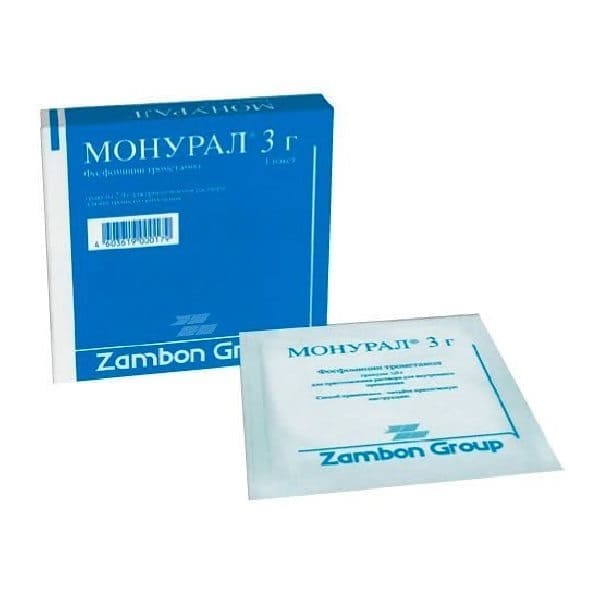You have no items in your shopping cart.

Sku:
pharmachologic effect
The broad-spectrum antibiotic, a derivative of phosphonic acid, has a bactericidal effect, the mechanism of which is associated with the suppression of the first stage of bacterial cell wall synthesis. It is a structural analogue of pyruvate phosphoenol, enters into a competitive interaction with the enzyme N-acetyl-glucosamine-3-o-enolpyruvyl transferase. As a result, specific, selective and irreversible inhibition of this enzyme occurs, which ensures that there is no cross-resistance to other classes of antibiotics and the possibility of synergism with other antibiotics (synergism with amoxicillin, cephalexin, pipemidic acid is noted in vitro).
It is active in vitro against most Gram-positive microorganisms: Enterococcus spp., Enterococcus faecalis, Staphylococcus aureus, Staphylococcus saprophyticus, Staphylococcus spp .; Gram-negative microorganisms: Esherichia coli, Citrobacter spp., Enterobacter spp., Klebsiella spp., Klebsiella pneumoniae, Morganella morganii, Proteus mirabilis, Pseudomonas spp., Serratia spp. In vitro phosphomycin reduces the adhesion of a number of bacteria to the epithelium of the urinary tract.
Indications
- acute bacterial cystitis;
- acute attacks of recurrent bacterial cystitis;
- bacterial nonspecific urethritis;
- asymptomatic massive bacteriuria in pregnant women;
- postoperative urinary tract infections;
- Prevention of urinary tract infection during surgery and transurethral diagnostic tests.